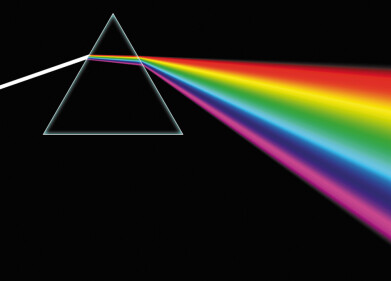Mass Spectrometry & Spectroscopy
What Causes SAD?
Nov 15 2017
With midwinter on its way, seasonal affective disorder is once again rearing its head. Abbreviated to SAD, "winter depression" kicks in when the days become shorter and the weather gets colder. It's a scientifically proven disorder, with recent studies revealing that it affects around 6% of Brits and up to 8% of people in high latitude countries like Sweden, Denmark and Canada.
Experts warn SAD is a " major depressive disorder"
So what exactly is SAD? SAD is classed as a major form of depression and is triggered by a severe change in the seasons. It can cause depressive episodes as well as other symptoms like chronic oversleeping, excessive carbohydrate cravings and weight gain. While some people consider it a "light" version of depression, experts warn that SAD shouldn't be trivialised.
“People who truly have SAD are just as ill as people with major depressive disorder,” explains Brenda McMahon, a psychiatry researcher based at the University of Copenhagen. “They will have non-seasonal depressive episodes, but the seasonal trigger is the most common."
Up to 15% of Brits on the SAD spectrum
That said, McMahon also adds that SAD is a spectrum disorder. This means that while it can be debilitating for some, others experience a condition called "sub-syndromal SAD."
She asserts that around 10-15% of the British population suffer from sub-syndromal SAD, which many people colloquialise as "winter blues."
Young women most at risk
Interestingly, around 80% of SAD sufferers are women. More specifically, those in early stages of adulthood. Experts muse that it could be linked to evolution.
“Because it affects such a large proportion of the population in a mild to moderate form, a lot of people in the field do feel that SAD is a remnant from our past, relating to energy conservation,” comments Robert Levitan, a professor at the University of Toronto. “Ten thousand years ago, during the ice age, this biological tendency to slow down during the wintertime was useful, especially for women of reproductive age because pregnancy is very energy-intensive."
Messing with the circadian rhythm
So how does SAD wreak its havoc? The disorder targets a handful of neurotransmitter systems in the brain which are commonly associated with energy, motivation and the all-important circadian rhythm. This includes influencing levels of dopamine and norepinephrine which play a pivotal role in waking up the body and energising the brain. People suffering from extreme SAD have lower levels of melatonin which can severely impact sleep and wake cycles. Serotonin is another neurotransmitter that fades with the onset of SAD, used to regulate mood, anxiety and happiness levels.
The good news is SAD can be treated. Bright-light therapy is one of the most popular ways to stimulate the brain’s neurotransmitters, with antidepressant therapy also a common treatment. Want to know more about the latest techniques used in medical drug labs? 'Pushing the Limits of Speed and Sensitivity in Drug Screening – an LC-MS solution' spotlights the powerful, highly sensitive instruments that allow researchers to focus on the explicit identification of parent drugs and their corresponding metabolites.
Digital Edition
Lab Asia 31.6 Dec 2024
December 2024
Chromatography Articles - Sustainable chromatography: Embracing software for greener methods Mass Spectrometry & Spectroscopy Articles - Solving industry challenges for phosphorus containi...
View all digital editions
Events
Jan 22 2025 Tokyo, Japan
Jan 22 2025 Birmingham, UK
Jan 25 2025 San Diego, CA, USA
Jan 27 2025 Dubai, UAE
Jan 29 2025 Tokyo, Japan



















